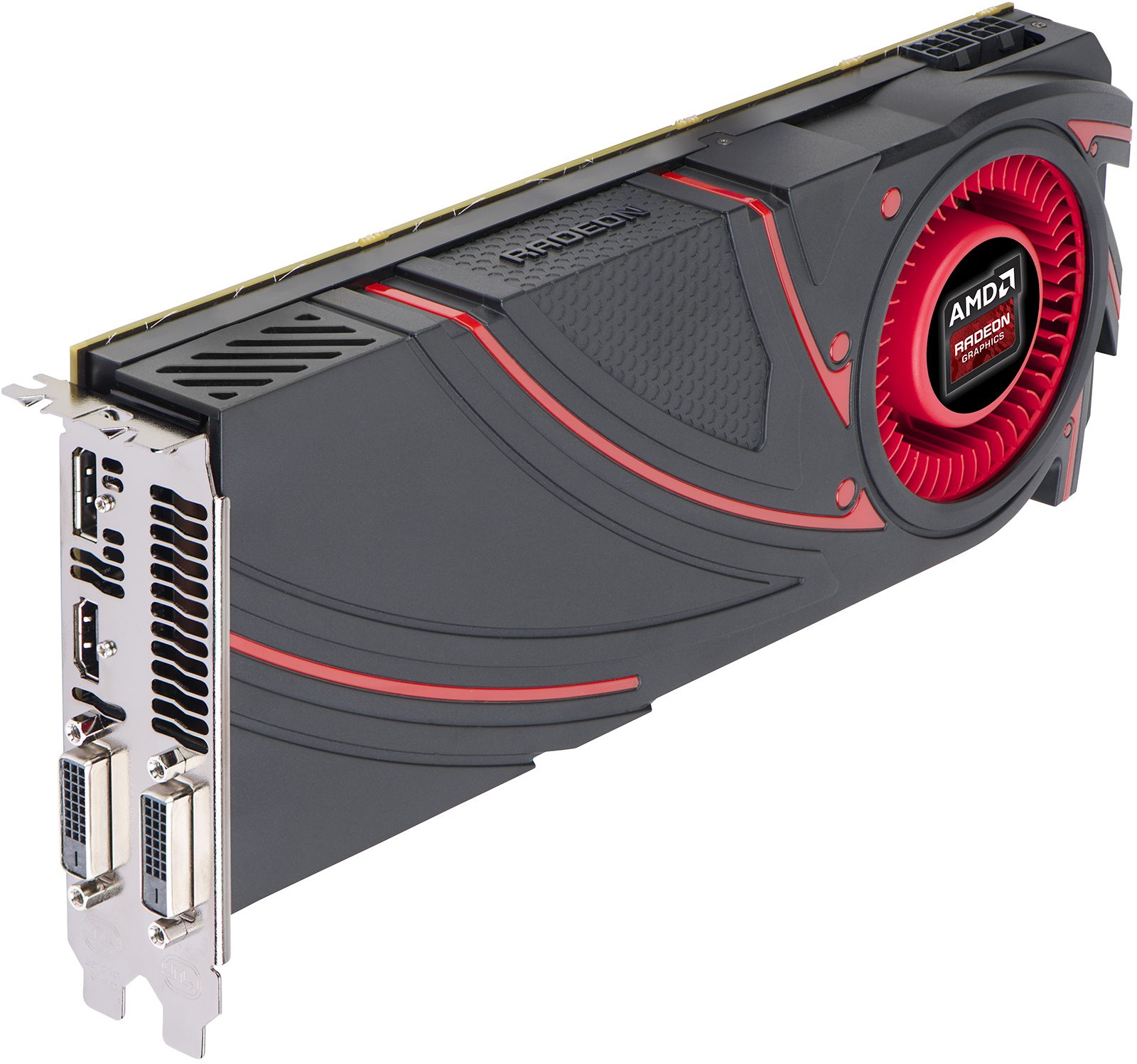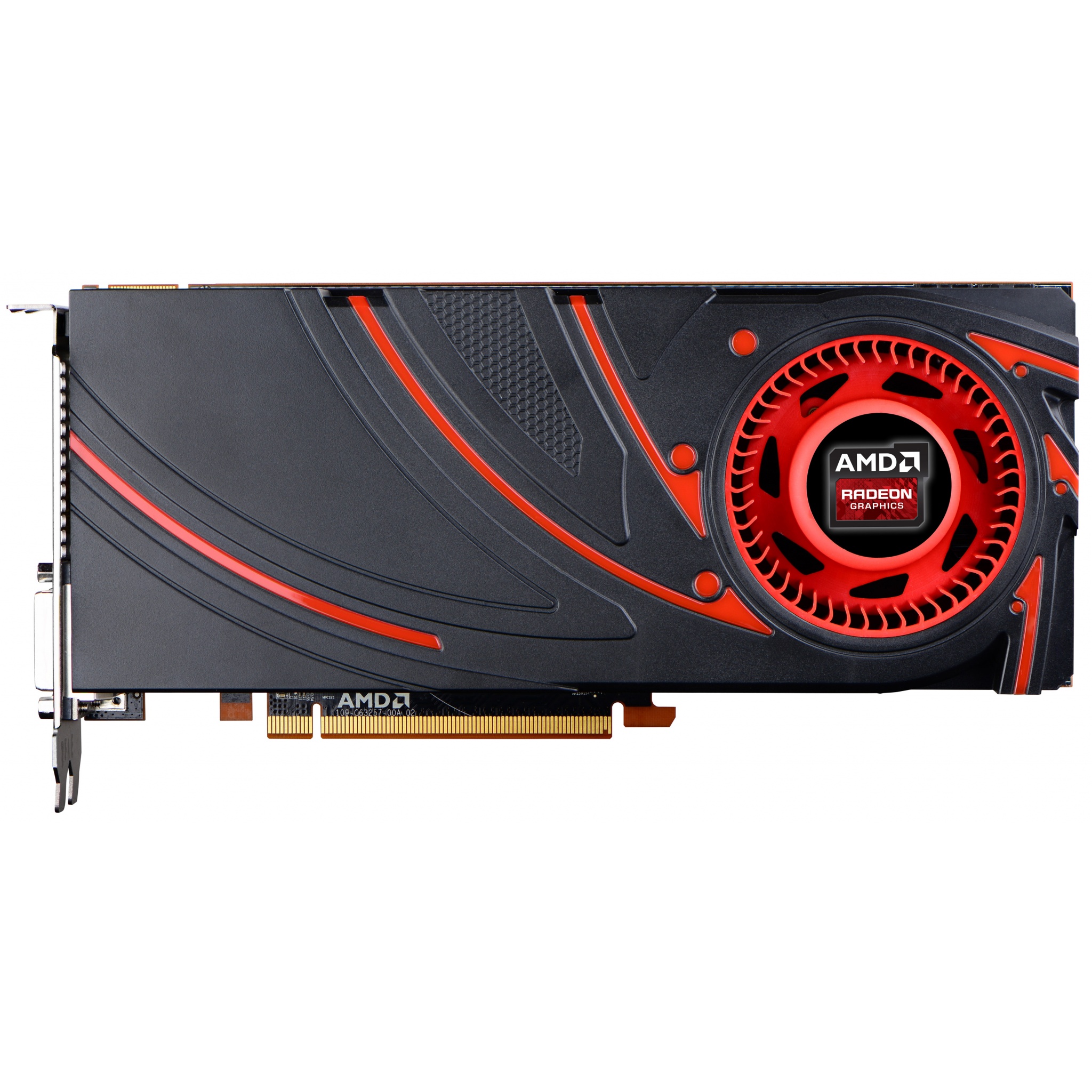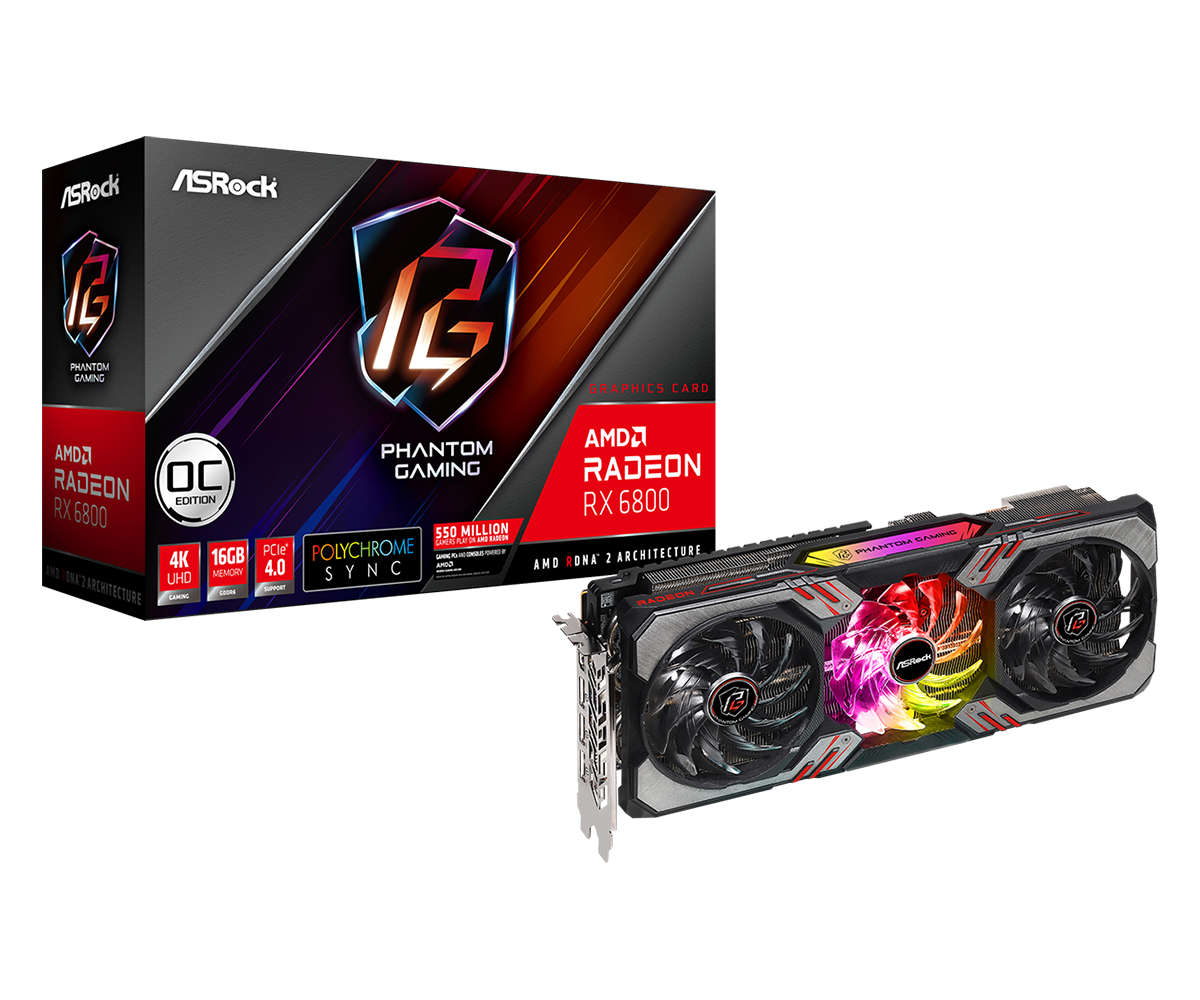
We’ve seen AMD use 7nm for the Radeon VII, but this card was based on the previous GCN architecture. AMD is focusing on raw performance instead of eye candy.ĪMD’s big architecture changes do mean that the company has higher bandwidth memory and improvements to its compute units. There’s no support for ray tracing or promises of AI-powered anti-aliasing. AMD might be using a new architecture here, but the company isn’t pushing any real new hardware advantages to using RDNA just yet. The graphics card wars are finally heating up.ĪMD’s new cards are both based on the company’s 7nm process, RDNA architecture, and use 8GB of GDDR6 graphics memory. While AMD has failed to match Nvidia in terms of performance at the high end, competition at the midrange couldn’t be closer. I’ve been testing Nvidia and AMD’s latest midrange cards over the past couple of weeks, with the intention of finding a clear winner for 1440p gaming. As it stands, AMD’s aggressive pricing makes the choices at the midrange a lot more difficult, especially as the RX 57 XT are now going head-to-head with Nvidia on performance. That price cut was hugely important because if the Radeon RX 5700 XT had debuted at its original $449 price instead of $399, then Nvidia’s $4 Super would have been easily worth the $50 upgrade. They were also enough to force AMD’s hand to cut the price of the Radeon RX 57 XT graphics cards just two days before their release last month. These cards offer modest speed bumps over the existing RTX cards they are replacing at the same price points. Not to be outdone, Nvidia has also launched its upgraded midrange RTX cards: the RTX 2060 Super ($399) and RTX 2070 Super ($499). Price, performance, and power usage are key at the $300 to $400 price points, and AMD is trying to find a delicate balance of all three with the RX 5700 series. They’re both built on AMD’s new RDNA architecture, and the big promise is that it can provide up to 1.25x performance per clock and 1.5x performance per watt compared to the Graphics Core Next (GCN) architecture that powered its previous Polaris and Vega GPUs.

Now, AMD is setting its sights on Nvidia’s midrange cards with its Radeon RX 5700 ($349) and RX 5700 XT ($399). So far, its attempts - like the Radeon VII and its new 7nm process, which are designed to compete with Nvidia’s RTX 2080 - have fallen a little flat. Current Ryzen APUs with Vega 11 Graphics are about 2.5 times faster than Intel’s UHD Graphics 630.AMD has been trying to put a dent in Nvidia’s gaming GPU dominance for years. The answer is simple right now if you check our GPU benchmarks hierarchy: AMD wins, easily, at least on the desktop.
Radeon graphics card Pc#
The best graphics card for PC gaming right now. Built on the 22 nm process, and based on the Haswell GT2 graphics processor, the device supports DirectX 12. The HD Graphics 4600 was a mobile integrated graphics solution by Intel, launched on May 27th, 2013. Leading game developers are working with AMD to create a new generation of game titles utilizing DirectX 10.1 to deliver improved features and performance for a better game experience.
Radeon graphics card series#
Only AMD graphics offer top-to-bottom DirectX 10.1 support and the ATI Radeon HD 4600 series continues that legacy. Does ATI Radeon HD 4600 series support dx11?
Radeon graphics card 1080p#
A few of the key cards for 1080p gaming come in 3GB/6GB and 4GB/8GB variants. In cards under $300 nowadays, you’ll see graphics memory ranging from 1GB up to 8GB. Generally speaking, for 1080p gaming, 2GB of video memory is an adequate minimum, but 4GB is much better. The Nvidia vs AMD battle has produced some of the best and most affordable GPUs we’ve seen in years. Meanwhile, AMD is still winning in terms of price, even if Nvidia has made its price points more accessible, and even though it’s also putting out expensive, high-end GPUs like the new RTX 3080 Ti. In the terms of the AMD vs Nvidia battle, these two features have AMD beat. Furthermore, Nvidia’s access to DLSS greatly increases performance.


The Nvidia RTX line of graphics cards benefit from far better ray-tracing support. However, where Nvidia has AMD beat is in features. They enable playing of lighter PC games, but they aren’t enough powerful like the gaming-class video cards to handle the latest hardware-demanding titles. But, they are all just entry level graphics solutions. The AMD Ryzen 4000 U series processors for mainstream laptops feature the AMD Radeon integrated graphics. Basically, you either get a card like an HD 7790 or stick with the HD 3300 because the GT 630 won’t give you anything that the HD 3300 won’t.

Now, as a work machine, it will be fine because business applications are not 3D intensive. The Radeon HD 3000 is not a video card, it is an on-board GPU. Is ATI Radeon 3000 graphics good for gaming?ĭistinguished.


 0 kommentar(er)
0 kommentar(er)
